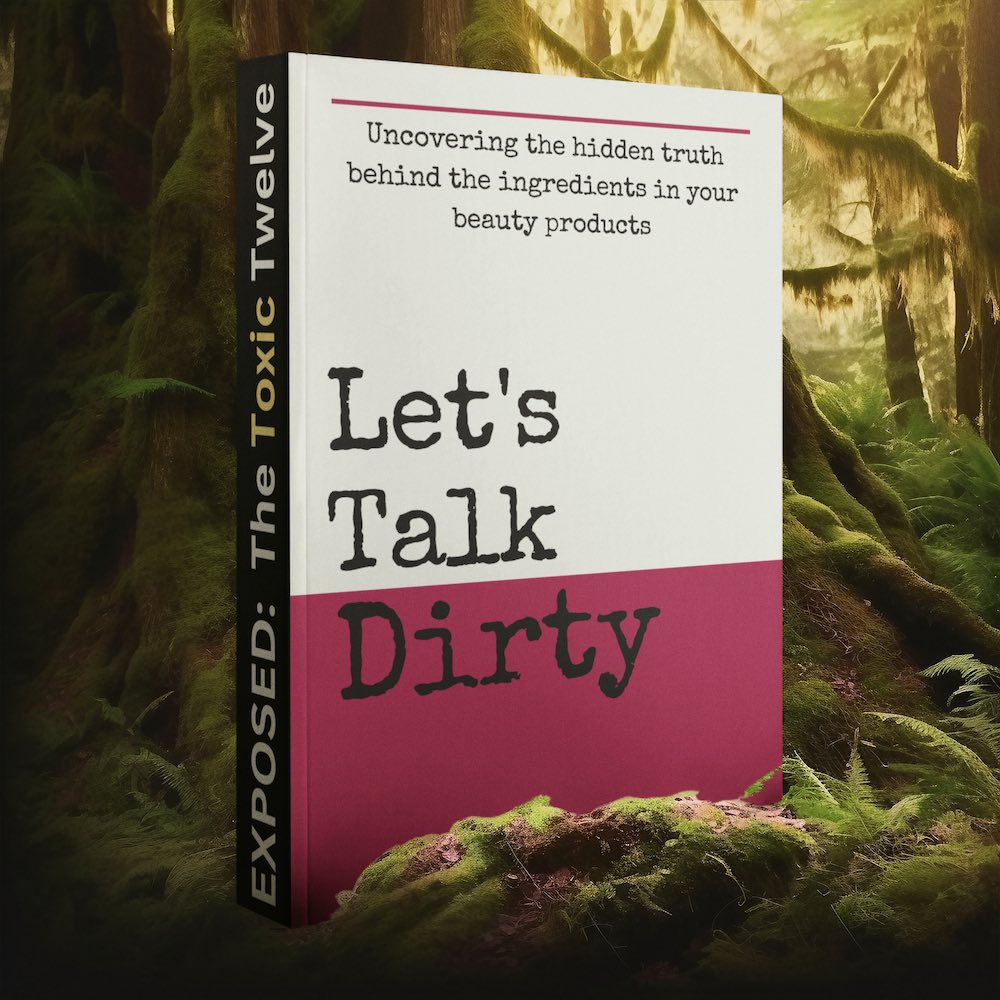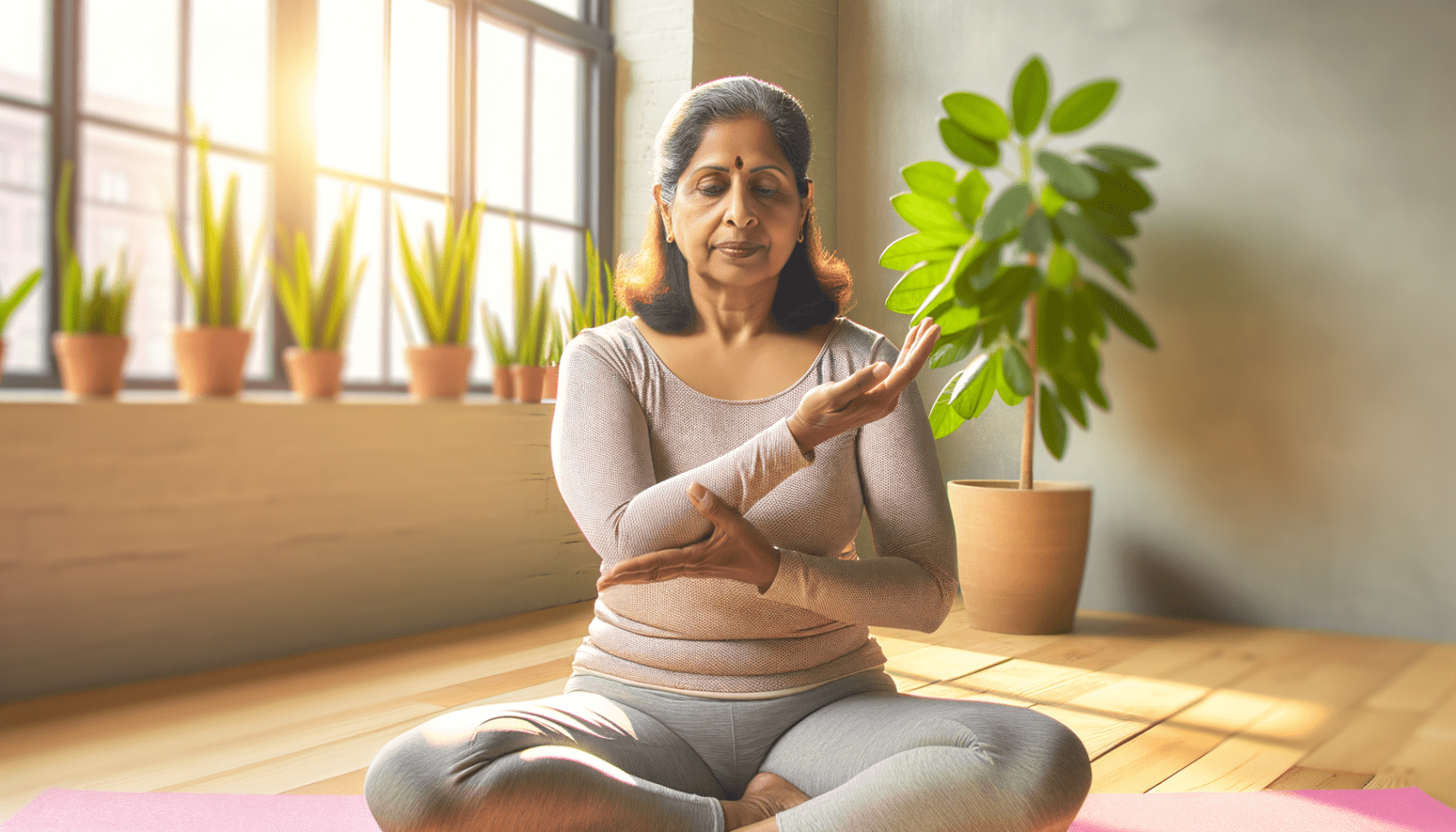Introduction to Gua Sha
Gua Sha, a traditional East Asian healing technique, has been practiced for centuries, with its roots tracing back to the Stone Age. The term Gua Sha itself is derived from the Chinese words “gua,” meaning to scrape or rub, and “sha,” referring to the reddish, elevated skin rash (petechiae) that typically results from the treatment. Historically, Gua Sha was performed using tools made from natural materials such as bian stone, jade, or even simple household items like spoons. This ancient practice was primarily aimed at improving the flow of qi (energy) and blood circulation, addressing issues like muscle pain, tension, and inflammation.
Popularity and Modern Adaptations
In recent years, Gua Sha has gained significant popularity in the Western world, particularly in the realms of skincare and wellness. Modern adaptations of Gua Sha have introduced a variety of tools, often crafted from aesthetically pleasing gemstones like rose quartz and jade. These tools are not only used for their therapeutic effects but also for their beauty benefits, such as facial contouring and lymphatic drainage. The practice has been embraced by celebrities and beauty enthusiasts alike, leading to its widespread recognition as a non-invasive treatment for a host of physical and cosmetic concerns.
Overview of Benefits and Controversies
The benefits of Gua Sha are manifold, ranging from pain relief and musculoskeletal benefits to skin health and perimenopause symptom alleviation. Studies have shown that Gua Sha can improve the range of motion, reduce inflammation, and even aid in recovery post-exercise. However, despite its growing popularity and anecdotal success stories, Gua Sha is not without its controversies. Skeptics question the scientific validity of the practice, and there are concerns about potential side effects, such as bruising and discomfort. Additionally, the technique’s effectiveness is often debated within the medical community, with some viewing it as a form of pseudoscience. Nevertheless, many practitioners and recipients of Gua Sha report positive outcomes, which continue to fuel interest and utilization of this ancient modality.
Understanding Gua Sha and Its Techniques
The Traditional Practice and Its Purpose
Gua Sha is a healing technique that has its roots in traditional East Asian medicine. The term “Gua Sha” itself translates to “scraping sand,” which metaphorically describes the process of scraping the skin to improve circulation and promote healing. The primary purpose of Gua Sha is to move energy, known as qi or chi, throughout the body to alleviate pain, tension, and stagnation. Practitioners believe that by stimulating the skin and underlying tissues, Gua Sha can help to break down scar tissue, improve joint movement, and reduce inflammation, which is often the underlying cause of various musculoskeletal conditions.
Gua Sha Tools and Materials
The tools used for Gua Sha are typically smooth-edged instruments designed to effectively scrape the skin without causing injury. Traditional materials include bian stone, jade, and rose quartz, which are believed to have healing properties. In modern practice, medical-grade stainless steel tools are also common, especially in clinical settings. Before the scraping begins, the practitioner applies massage oil to the skin to allow the tool to glide smoothly. The strokes are applied in one direction with a pressure that can range from gentle to firm, depending on the individual’s tolerance and the desired effect.
Comparison with Other Techniques
Gua Sha shares similarities with other techniques such as the Graston Technique, which is used by some physical therapists under the name Instrument Assisted Soft Tissue Mobilization (IASTM). Both methods involve the use of tools to apply pressure to the skin and underlying tissues to improve circulation and break up adhesions. However, Gua Sha is unique in its focus on balancing qi and its incorporation of traditional East Asian medicinal principles.
Cultural Variations and Names
While Gua Sha originated in China, variations of the technique have been adopted across different cultures, each with its own name and slight modifications. In Vietnam, it is known as “Cao Gio,” and in Indonesia, it goes by “Kerokan.” Despite the differences in name and regional practices, the core concept of scraping the skin to improve health remains consistent across these cultural variations.
Understanding the techniques and purposes of Gua Sha is crucial for those seeking to incorporate this ancient practice into their wellness routine. With its ability to address a range of conditions from chronic pain to perimenopausal symptoms, Gua Sha continues to be a relevant and valuable tool in the realm of alternative medicine.

Bette 100% All-Natural Relaxing Lavender Body Lotion.
Chemical-Free
Your relaxing night time body moisturizer to leave the day’s stress behind. Decompress and wish your body good night with the calming scent of lavender.
Scientific Evidence of Gua Sha Benefits
Pain Relief and Musculoskeletal Benefits
One of the most well-documented benefits of Gua Sha is its ability to alleviate pain, particularly in the musculoskeletal system. Studies have shown that Gua Sha can significantly reduce pain severity in conditions such as chronic neck pain, with improvements lasting for up to a week post-treatment. Similarly, chronic low back pain sufferers have reported less pain intensity and an overall better quality of life after undergoing Gua Sha therapy. The technique is believed to promote blood flow and reduce stiffness, which in turn can ease discomfort associated with various musculoskeletal conditions.
Skin Health and Anti-Aging Effects
While the scientific evidence for Gua Sha’s benefits on skin health and anti-aging is less robust, the practice is often touted for its ability to improve skin appearance and texture. The action of scraping the skin is said to stimulate microcirculation, which can lead to a “lifting” effect and potentially reduce the presence of toxins. However, experts caution that while facial Gua Sha is popular on social media, the evidence for its efficacy is limited, and there is a real risk of bruising, especially given the delicate nature of facial skin.
Lactation Support and Breast Engorgement
Gua Sha has also been studied for its role in lactation support and relieving breast engorgement in breastfeeding women. Research indicates that women who received Gua Sha treatment reported less pain and were able to breastfeed more easily. This suggests that Gua Sha may be a beneficial non-pharmacological approach to managing common breastfeeding challenges.
Alleviating Perimenopausal Symptoms
For women undergoing the transition to menopause, Gua Sha has shown promise in reducing symptoms associated with perimenopause. A study found that women who received weekly Gua Sha treatments in addition to conventional therapy experienced fewer hot flashes, less fatigue, insomnia, and depressed mood. The mechanism by which Gua Sha exerts these effects is not fully understood, but it may be related to the technique’s potential to modulate the nervous system and reduce inflammation.
In conclusion, while more research is needed to fully understand and validate the range of benefits attributed to Gua Sha, there is a growing body of scientific evidence supporting its use for pain relief, musculoskeletal health, lactation support, and alleviating perimenopausal symptoms. As with any complementary therapy, it is important to consult with healthcare professionals and seek treatment from trained practitioners.

Gua Sha for Facial Care
Facial Gua Sha Techniques
The art of facial Gua Sha involves a gentle, soothing technique, distinct from the more vigorous application used on the body. To begin, the skin should be prepped with a clean base and a layer of facial oil to ensure the Gua Sha tool glides smoothly. Using a flat, smooth-edged tool, practitioners start with light strokes on the neck, moving upwards to the jawline, cheeks, and forehead. The motion is always upwards and outwards, following the contours of the face to encourage lymphatic drainage and blood flow. The pressure should be gentle to avoid bruising, focusing on areas prone to tension, such as the jaw and brow line. This technique not only promotes relaxation but also targets the facial muscles for a sculpting effect.
Immediate and Long-Term Effects
Immediately after a Gua Sha facial treatment, one may notice a reduction in puffiness, a more defined jawline, and a radiant complexion due to the boost in circulation. With regular practice, the benefits compound, leading to improved skin elasticity, a decrease in fine lines, and a more toned appearance. The increased blood flow from consistent Gua Sha use can also promote collagen production, contributing to the skin’s natural rejuvenation process.
Consistency and Frequency for Results
For those seeking the full benefits of facial Gua Sha, consistency is key. While immediate effects are visible, long-term results are achieved through regular practice. It is recommended to incorporate Gua Sha into your daily skincare routine, though even a few times a week can yield improvements. The frequency can be adjusted based on personal sensitivity and the specific issues being addressed. As with any skincare regimen, listening to your body and observing how your skin responds will guide you to the most beneficial routine for your unique needs.

Feeling You Have a Right to Safe Beauty & Fem Care?
If so, it may be time for a change. It starts with knowledge. We have a few suggestions in our new guides.
Choosing the Right Gua Sha Tools
Types of Gua Sha Tools
Gua Sha tools come in various shapes and materials, each with its own unique properties and benefits. The most common types include:
- Heart-shaped stones: Often used for facial Gua Sha, these fit the contours of the face and are easy to hold.
- Flat stones: Typically used for body Gua Sha, these allow for broad strokes across larger areas of the skin.
- Contoured tools: These are designed to match the curves of the body, such as the jawline or the back, for targeted treatment.
Material Considerations and Efficacy
The material of a Gua Sha tool can affect its cooling properties, weight, and how it interacts with the skin. Popular materials include:
- Jade: Known for its balancing effects and durability, jade is a traditional choice that suits all skin types and provides a lifting and sculpting effect.
- Rose Quartz: Ideal for sensitive or reactive skin, rose quartz has cooling properties and is associated with improving circulation and promoting skin cell renewal.
- Clear Quartz: Referred to as the ‘master healer’, clear quartz is beneficial for de-stressing and calming the skin, especially after a long day.
- Stainless Steel: Easy to clean and maintain, stainless steel tools are great for professional use and those concerned with hygiene.
Each material has its own unique energy and therapeutic properties, which can complement the Gua Sha practice.
Personal Preferences and Meridian Points
Choosing the right Gua Sha tool also involves personal preferences and the consideration of meridian points. Meridian points are specific areas on the body that correspond to certain health benefits when stimulated. The choice of tool shape and size can facilitate the targeting of these points more effectively.
For instance, a smaller, notched tool may be preferred for reaching meridian points around the face and neck, while a larger, flat tool may be better suited for the back or limbs. Additionally, the weight and grip of the tool should feel comfortable in your hand, allowing for controlled and steady strokes during the Gua Sha session.
Ultimately, the right Gua Sha tool for you is one that aligns with your skin concerns, feels good to use, and fits into your self-care routine. Whether you’re looking to reduce inflammation, promote lymphatic drainage, or simply relax and de-stress, there is a Gua Sha tool that can help you achieve your wellness goals.
Precautions and Potential Side Effects
Who Should Avoid Gua Sha
While gua sha is a traditional healing technique with many purported benefits, it is not suitable for everyone. Individuals with certain medical conditions should avoid this practice. These include those with skin conditions or vein issues, people who bleed easily, and those on blood-thinning medications. Additionally, gua sha is not recommended for individuals with deep vein thrombosis, unhealed wounds, tumors, or infections. Those with implants such as pacemakers or internal defibrillators should also steer clear of gua sha treatments. It is crucial for patients to discuss their medical history with the practitioner before undergoing gua sha to ensure it is safe for them.
Risks of Incorrect Application
When performed by an untrained individual, gua sha can lead to several risks. Incorrect application of the technique may result in excessive bruising, severe pain, and even skin abrasions that could lead to infections. It is essential that the practitioner uses the right amount of pressure and follows the correct direction and method of strokes to avoid these adverse effects. Practitioners should also be mindful of the patient’s comfort level throughout the session, adjusting their technique as necessary.
Recognizing and Responding to Adverse Reactions
After a gua sha session, it is normal to experience some redness and bruising on the skin, known as sha. However, if the patient experiences excessive pain, swelling, or prolonged bruising, these may be signs of an adverse reaction. In such cases, it is advisable to seek medical attention. To manage minor discomfort and inflammation, patients can use over-the-counter pain relief and apply ice packs to the affected area. It is also important to protect the bruised skin from further injury. If the skin is broken during the treatment, the risk of infection increases, and proper wound care should be followed. Practitioners must ensure that their tools are sterilized between treatments to prevent the spread of infection.
In conclusion, while gua sha can be a beneficial practice for many, it is important to approach it with caution and to seek treatment from a certified and experienced practitioner. By understanding the potential risks and knowing how to respond to adverse reactions, patients can safely incorporate gua sha into their wellness routine.
By the way, something for you, a little gift!!!
I am just in the middle of publishing my book. It’s about How women can balance their hormones. One part is about food and diet, of course.
Follow this link and enter your email.
I will send you this part of the book for free once the book is published. It has many concrete, practical tips and recipes and will help you feel better during menopause or times of Big hormonal fluctuations.
Annette, Damiva Lead for Health & Wellness

Conclusion and Final Thoughts
The ancient practice of Gua Sha has traversed through centuries, emerging as a multifaceted technique for health and wellness. Its benefits span from improving circulation and reducing inflammation to alleviating pain and enhancing skin health. For those grappling with the discomforts of perimenopause, Gua Sha offers a soothing touch, potentially easing symptoms like hot flashes, mood swings, and sleep disturbances. Moreover, its role in lymphatic drainage and stress relief underscores its holistic approach to beauty and self-care.
Balancing Tradition with Modern Practice
While Gua Sha is rooted in traditional Chinese medicine, its integration into modern self-care routines exemplifies a harmonious blend of ancient wisdom and contemporary lifestyle. The practice respects the body’s natural energy flow, or qi, and encourages a mindful connection between the practitioner and their own body. This balance is crucial, as it allows us to honor the origins of Gua Sha while adapting its use to suit modern needs and scientific understanding.
Recommendations for Safe and Effective Use
To ensure a safe and beneficial Gua Sha experience, consider the following recommendations:
- Choose the Right Tools: Opt for high-quality Gua Sha stones that suit your skin type and targeted concerns.
- Learn Proper Techniques: Educate yourself on the correct strokes and pressures to avoid bruising and maximize benefits.
- Be Consistent: Regular practice can lead to more pronounced and lasting effects, so incorporate Gua Sha into your routine.
- Listen to Your Body: Gua Sha should feel soothing. If you encounter pain or discomfort, adjust your technique or seek professional guidance.
- Consult Healthcare Providers: If you have underlying health conditions, especially those related to skin or blood disorders, consult a healthcare professional before beginning Gua Sha.
In conclusion, Gua Sha is more than just a beauty trend; it’s a testament to the enduring power of traditional healing practices. As we navigate the intersection of ancient techniques and modern science, it’s essential to approach Gua Sha with respect, patience, and an open mind. Whether seeking relief from physical pain, perimenopausal symptoms, or pursuing a natural glow, Gua Sha stands as a gentle yet potent ally on our journey to holistic well-being.









